Home>Storage & Organization>Decluttering Tips & Tricks>How To Declutter A Kitchen
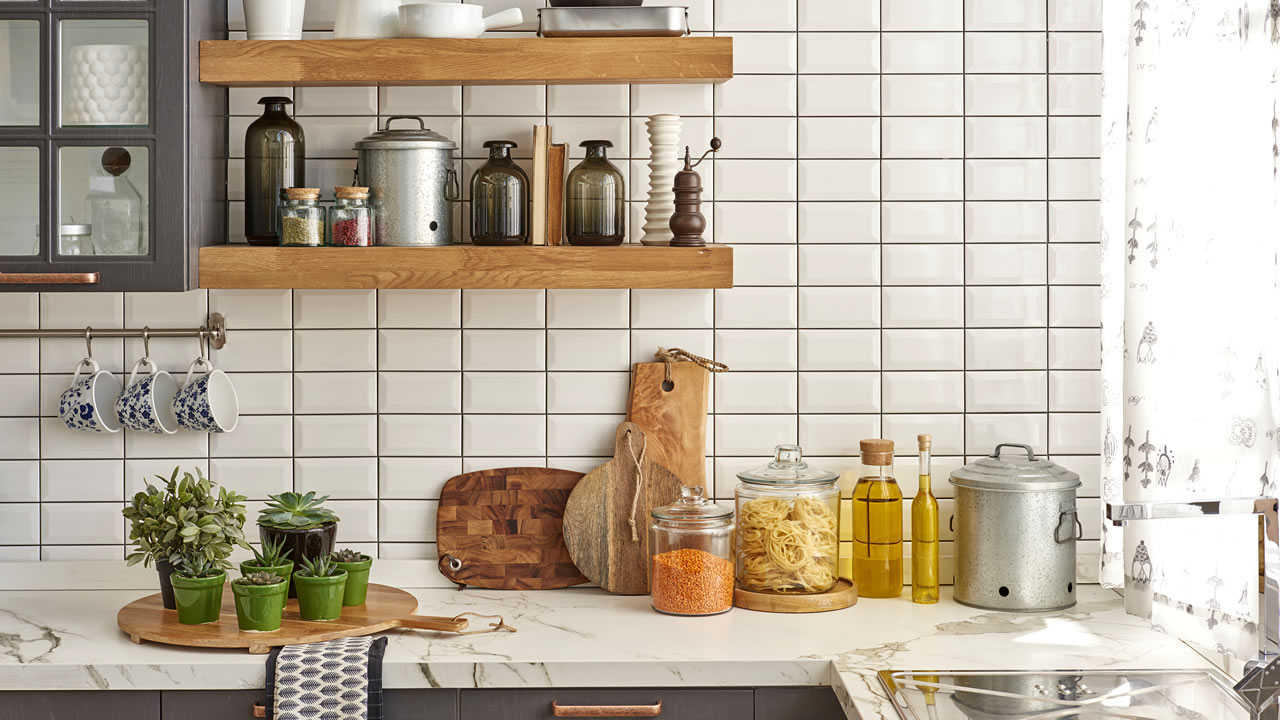

Decluttering Tips & Tricks
How To Declutter A Kitchen
Modified: January 5, 2024
Learn effective decluttering tips and tricks for your kitchen. Discover practical solutions to organize and simplify your kitchen space. Start decluttering today!
(Many of the links in this article redirect to a specific reviewed product. Your purchase of these products through affiliate links helps to generate commission for Storables.com, at no extra cost. Learn more)
Introduction
Welcome to the heart of the home – the kitchen. It’s a space where delicious meals are prepared, memories are made, and families gather. However, a cluttered kitchen can dampen the joy of cooking and entertaining. The good news is that decluttering your kitchen doesn’t have to be an overwhelming task. With a strategic approach and a touch of creativity, you can transform your kitchen into an organized and functional haven.
In this guide, we’ll explore practical tips and tricks to declutter your kitchen, making it a more inviting and efficient space. From assessing the current state of your kitchen to maximizing storage space, we’ll cover every aspect of the decluttering process. By the end of this journey, you’ll not only have a clutter-free kitchen but also a renewed sense of tranquility and inspiration in this vital part of your home.
Key Takeaways:
- Decluttering your kitchen involves assessing, sorting, and categorizing items. Keep, donate, or discard based on utility and create a streamlined, efficient space.
- Maximize storage space by utilizing vertical solutions, over-the-door organizers, and multi-functional furniture. Embrace innovative storage solutions for an organized and efficient kitchen.
Assessing the Kitchen
Before diving into the decluttering process, take a moment to assess your kitchen. Stand back and observe the current state of affairs. Are the countertops cluttered with appliances and utensils? Do the cabinets overflow with unused cookware? Understanding the existing layout and identifying problem areas will pave the way for an effective decluttering strategy.
Start by evaluating the functionality of your kitchen. Consider the flow of your daily activities – from meal preparation to cleanup. Take note of any bottlenecks or areas that hinder smooth operation. Additionally, assess the condition of your kitchen tools and appliances. Discern which items are frequently used and which ones have been collecting dust.
As you assess your kitchen, pay attention to the following key areas:
- Countertops: Take stock of the items occupying your countertops. Are there appliances that could be stored away when not in use? Clearing the countertops can instantly create a sense of spaciousness and order.
- Cabinets and Drawers: Open each cabinet and drawer to evaluate their contents. Identify any items that are rarely used or no longer serve a purpose in your kitchen.
- Pantry: If you have a pantry, assess its organization and contents. Expired goods, duplicate items, and forgotten treasures may lurk within, awaiting discovery.
- Appliances and Cookware: Take stock of your appliances and cookware. Determine which ones are essential and which ones could be donated or stored elsewhere.
By thoroughly assessing your kitchen, you’ll gain valuable insights into the areas that require decluttering and reorganization. This initial step sets the stage for a targeted and efficient approach to reclaiming your kitchen space.
Sorting and Categorizing
Once you’ve assessed your kitchen, it’s time to roll up your sleeves and begin the sorting and categorizing process. This step is crucial for decluttering effectively and regaining control of your kitchen. By systematically categorizing your items, you’ll gain clarity on what to keep, what to donate, and what to discard.
Here’s how to tackle the sorting and categorizing process:
- Declutter in Zones: Divide your kitchen into manageable zones, such as the countertops, cabinets, drawers, and pantry. Focus on one zone at a time to prevent feeling overwhelmed.
- Keep, Donate, Discard: As you go through each zone, categorize items into three groups: keep, donate, and discard. Be honest with yourself about the usefulness and frequency of use for each item.
- Consider Utility: When deciding whether to keep an item, consider its utility and versatility. Will you realistically use it in the near future, or is it taking up valuable space?
- Decluttering Criteria: Establish specific criteria for keeping items. For example, if you haven’t used a particular kitchen gadget in the past year, it may be time to part ways with it.
- Donate Responsibly: Items in good condition that you no longer need can find new life in the hands of others. Consider donating cookware, utensils, and small appliances to local charities or shelters.
Sorting and categorizing can be a liberating process, allowing you to free your kitchen from unnecessary clutter and make space for the items that truly enhance your culinary endeavors. As you work through each zone, envision a kitchen that is streamlined, efficient, and a joy to work in.
Clearing Countertops and Surfaces
The countertops and surfaces in your kitchen serve as the central stage for meal preparation and social gatherings. Clearing these areas of clutter not only enhances the visual appeal of your kitchen but also fosters a more functional and inviting space. Here’s how to declutter your countertops and surfaces effectively:
Assess Current Setup: Take a critical look at the items occupying your countertops and surfaces. Are there appliances, utensil holders, or decorative pieces that could be relocated or minimized? Identifying the essential and frequently used items will guide the decluttering process.
Minimize Visual Clutter: Clearing countertops of unnecessary items can create a sense of openness and calm. Consider storing small appliances that are not used daily, such as blenders or stand mixers, in cabinets or designated appliance garages to free up valuable counter space.
Organize with Intention: For the items that remain on the countertops, consider organizing them with intention. Utilize decorative trays or baskets to corral cooking oils, spices, or frequently used utensils, creating a visually appealing and organized display.
Embrace Negative Space: Embracing negative space on your countertops can lend a sense of elegance and ease to your kitchen. Allow areas of your countertops to remain unadorned, creating breathing room and a clean, uncluttered aesthetic.
Maintain a Functional Balance: While decluttering your countertops, strive to maintain a functional balance. Keep essential items within arm’s reach, ensuring that your kitchen remains efficient and conducive to meal preparation.
Clearing your countertops and surfaces of unnecessary clutter can transform your kitchen into a serene and efficient space, allowing you to focus on the joy of cooking and gathering with loved ones. By embracing a minimalist approach and organizing with purpose, you’ll create a kitchen that is both visually appealing and highly functional.
Use clear containers to store small items like spices and condiments. This will help you see what you have and avoid clutter in your kitchen cabinets.
Organizing Cabinets and Drawers
Cabinets and drawers are the unsung heroes of a well-organized kitchen. Efficiently organizing these storage spaces not only declutters your kitchen but also streamlines your cooking and meal preparation processes. Here’s how to tackle the task of organizing cabinets and drawers effectively:
Empty and Assess: Begin by emptying one cabinet or drawer at a time. As you empty each space, assess the contents and determine which items are essential, rarely used, or no longer needed.
Group Similar Items: Categorize the items from each cabinet or drawer into groups of similar items, such as cookware, bakeware, utensils, and small appliances. This categorization will guide the organization process and help identify any duplicates or unnecessary items.
Utilize Organizational Tools: Invest in drawer dividers, shelf risers, and stackable organizers to maximize the use of space within cabinets and drawers. These tools can help create designated spaces for different items and prevent clutter from accumulating.
Implement Accessibility: Arrange frequently used items in easily accessible locations within cabinets and drawers. This ensures that essential tools and cookware are within reach, streamlining your cooking process.
Purge and Donate: As you organize, be ruthless in purging items that no longer serve a purpose in your kitchen. Consider donating duplicate or unused cookware, utensils, and small appliances to declutter your space while giving these items a new lease on life.
Create Zones: Establish specific zones within cabinets and drawers for different categories of items. For example, designate a baking zone for baking sheets, mixing bowls, and measuring cups, and a cooking zone for pots, pans, and cooking utensils. This zoning approach enhances organization and simplifies meal preparation.
By systematically organizing your cabinets and drawers, you’ll create a kitchen that is not only clutter-free but also optimized for efficiency and functionality. Embracing organizational tools and thoughtful categorization will transform your kitchen storage spaces into harmonious and accessible areas that support your culinary endeavors.
Maximizing Storage Space
Efficient utilization of storage space is essential for maintaining a clutter-free kitchen. By maximizing every nook and cranny, you can create a well-organized and visually appealing environment. Here are practical tips for maximizing storage space in your kitchen:
Vertical Storage Solutions: Make use of vertical space by installing wall-mounted racks, shelves, or pegboards. These solutions can accommodate frequently used cookware, utensils, and even decorative items, freeing up valuable cabinet and countertop space.
Over-the-Door Organizers: Consider utilizing the often-overlooked space behind cabinet and pantry doors. Over-the-door organizers can hold spices, cleaning supplies, or small kitchen tools, maximizing storage without taking up additional floor or shelf space.
Under-Shelf Baskets: Maximize the storage capacity of your cabinets by using under-shelf baskets. These versatile baskets can hold items such as mugs, small plates, or kitchen linens, effectively doubling the usable space within your cabinets.
Stackable Containers: Utilize stackable containers and bins to corral smaller items such as snacks, packets, and condiments in the pantry. This approach not only maximizes space but also enhances visibility and accessibility to these items.
Drawer and Cabinet Organizers: Invest in adjustable drawer dividers and cabinet organizers to create customized storage solutions for your specific needs. These organizers can accommodate various utensils, cutlery, and kitchen gadgets, ensuring that every inch of space is optimized.
Utilize Corner Spaces: Corner cabinets often present a storage challenge. Consider installing rotating trays or pull-out shelving systems to make the most of these corners, providing easy access to items that would otherwise be tucked away and forgotten.
Opt for Multi-Functional Furniture: Choose furniture pieces with built-in storage, such as kitchen islands with shelves or drawers, or dining benches with under-seat storage. These multi-functional pieces can significantly increase your kitchen’s storage capacity while adding practicality to your space.
By implementing these storage-maximizing strategies, you can transform your kitchen into an organized and efficient haven. Embracing innovative storage solutions and making the most of every inch of space will not only declutter your kitchen but also enhance its functionality and visual appeal.
Maintaining a Decluttered Kitchen
Congratulations on reclaiming your kitchen from clutter! Now that you’ve invested time and effort into decluttering and organizing, it’s essential to maintain the newfound sense of order and tranquility in your culinary haven. Here are practical tips for sustaining a decluttered kitchen:
Establish Daily Habits: Cultivate daily habits that contribute to a clutter-free kitchen. Take a few minutes each day to tidy up countertops, put away clean dishes, and return items to their designated storage spaces.
Regular Decluttering Sessions: Schedule regular decluttering sessions to prevent items from accumulating and becoming overwhelming. Set aside time each month to assess your kitchen and identify any items that are no longer serving a purpose.
Mindful Purchasing: Practice mindful purchasing habits to prevent unnecessary clutter from re-entering your kitchen. Before acquiring new items, consider whether they align with your culinary needs and if they have a designated place in your kitchen.
Utilize the “One In, One Out” Rule: Embrace the “one in, one out” rule to maintain a balanced and clutter-free kitchen. For every new item you bring into your kitchen, consider removing a similar item to prevent overcrowding and maintain a streamlined environment.
Regular Maintenance of Organizational Systems: Periodically assess and maintain the organizational systems you’ve implemented, such as drawer dividers, shelf organizers, and storage containers. Ensure that these systems continue to support your kitchen’s organization and functionality.
Encourage Family Participation: Engage your family members in maintaining a clutter-free kitchen. Encourage everyone to contribute to the tidiness of the kitchen and respect the designated organization of items.
Celebrate Progress: Acknowledge and celebrate the progress you’ve made in decluttering your kitchen. Reflect on the positive impact of a clutter-free space on your daily routines and culinary experiences.
By integrating these practices into your daily life, you can sustain a decluttered kitchen that fosters a sense of calm, efficiency, and joy. Consistent effort and mindfulness will ensure that your kitchen remains a welcoming and organized space for culinary creativity and cherished gatherings.
Frequently Asked Questions about How To Declutter A Kitchen
Was this page helpful?
At Storables.com, we guarantee accurate and reliable information. Our content, validated by Expert Board Contributors, is crafted following stringent Editorial Policies. We're committed to providing you with well-researched, expert-backed insights for all your informational needs.
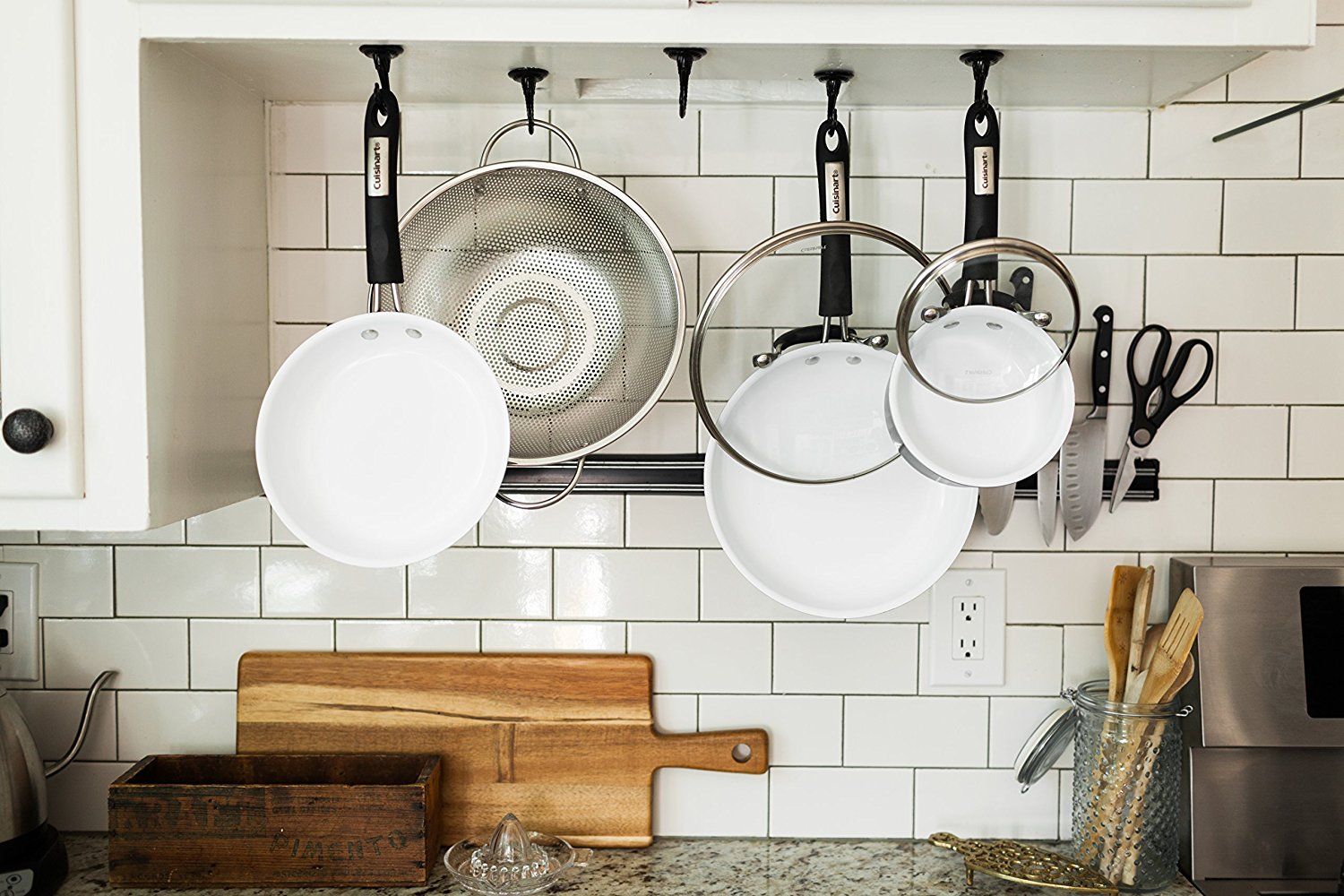
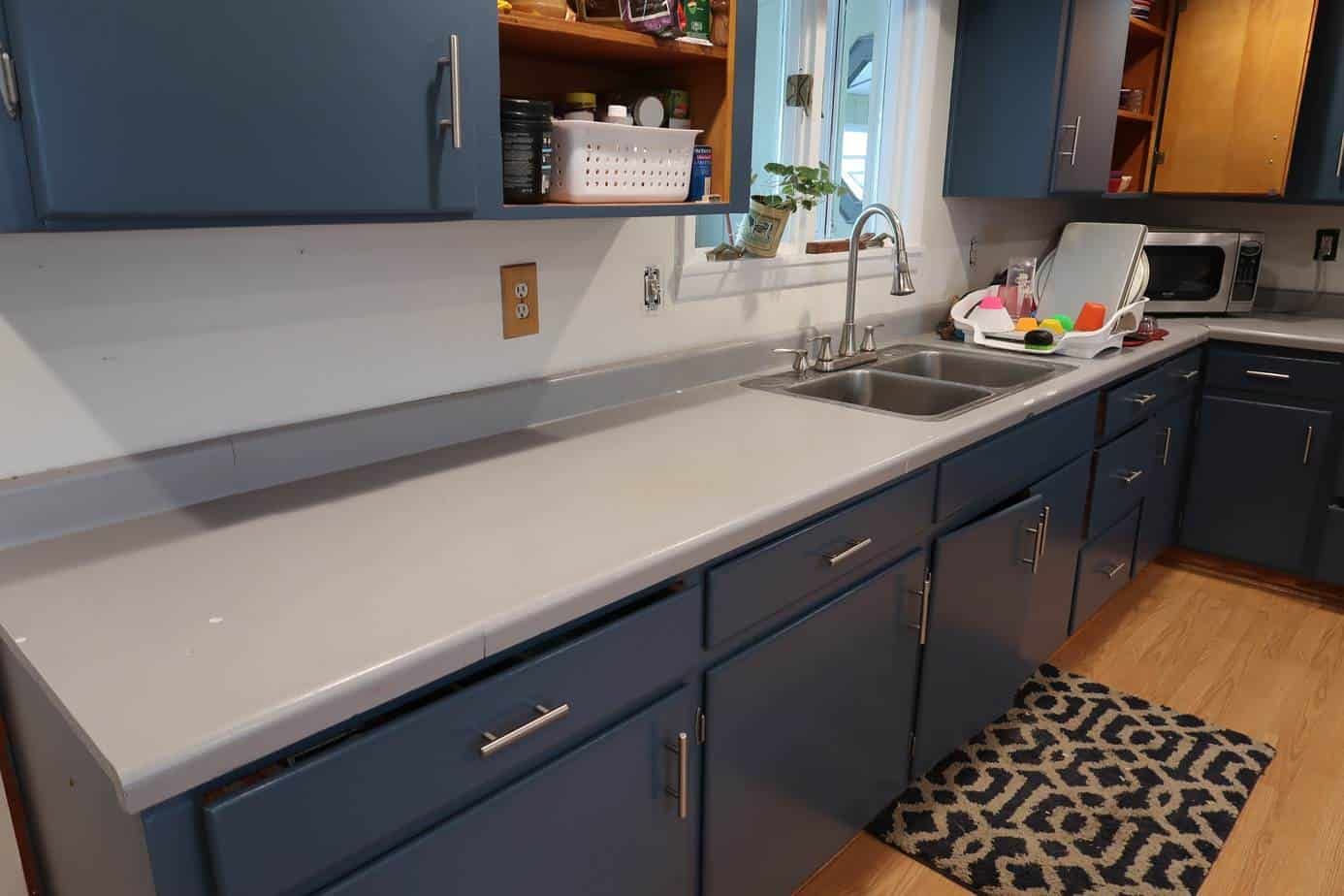
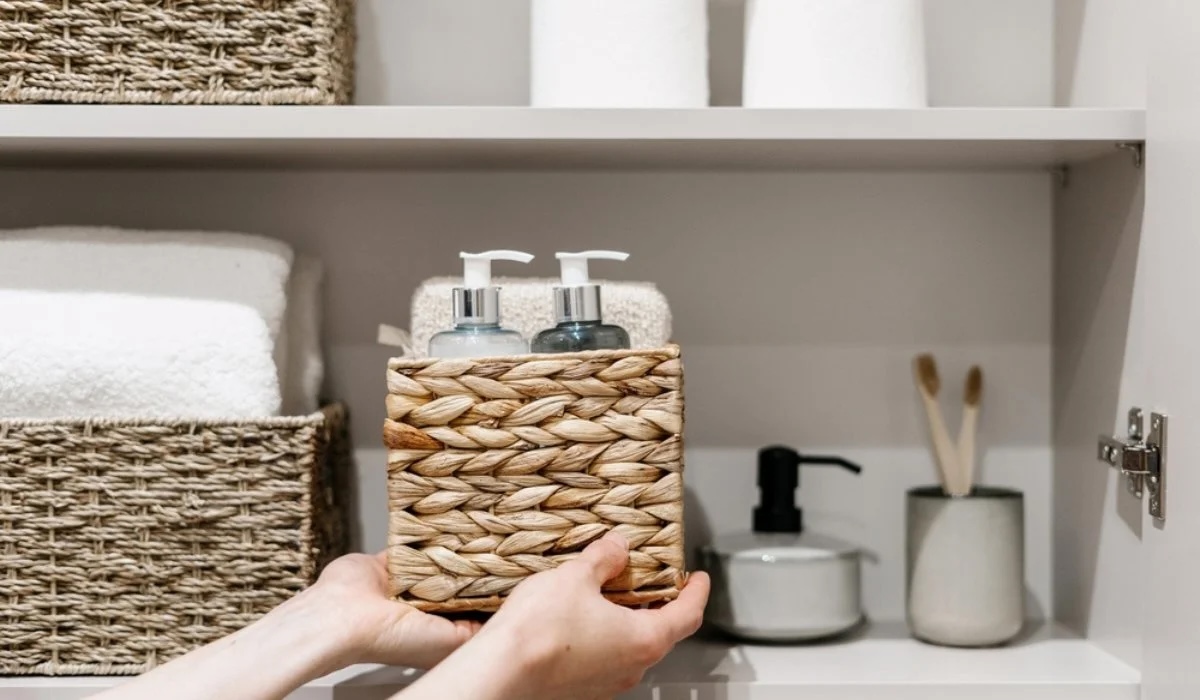



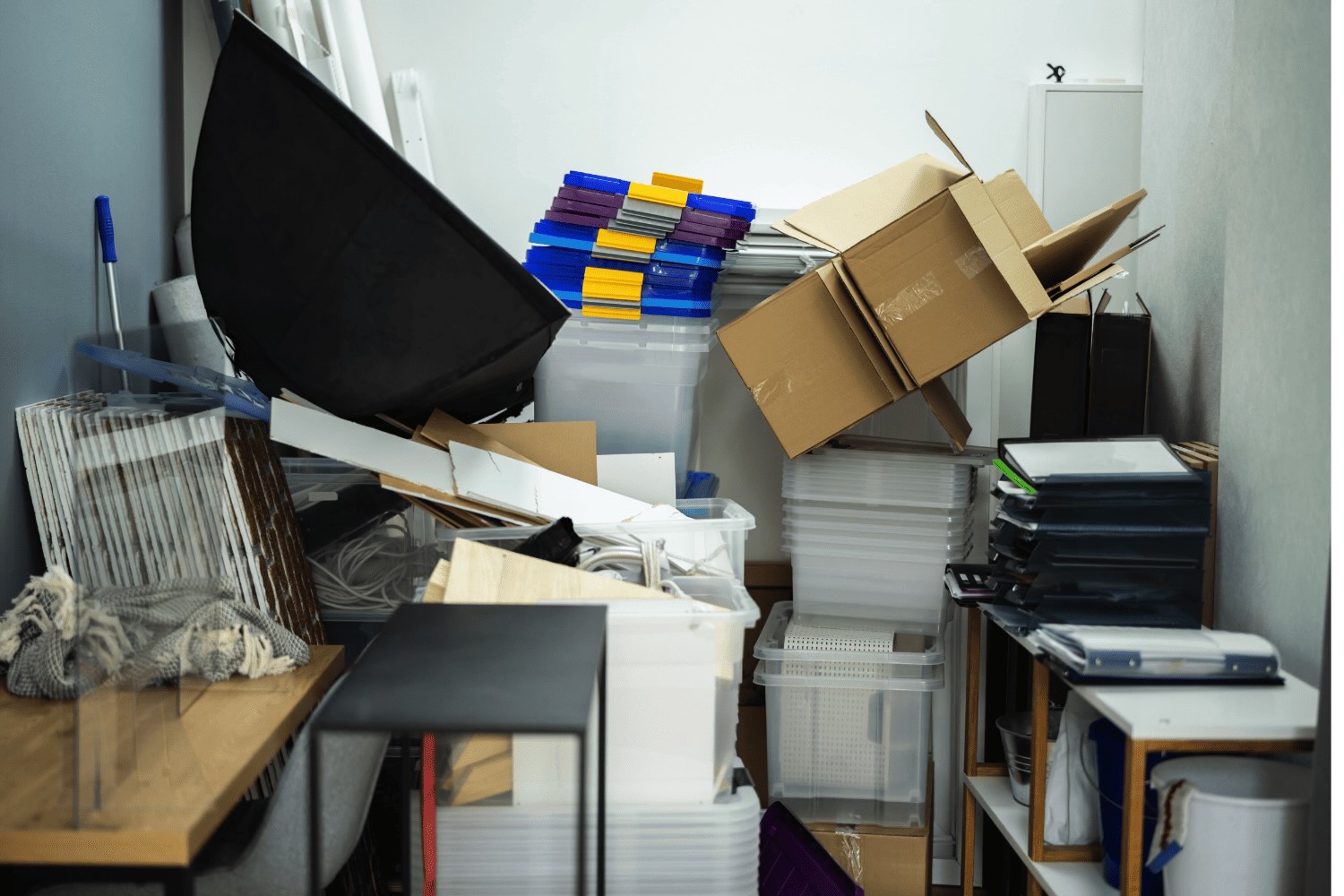

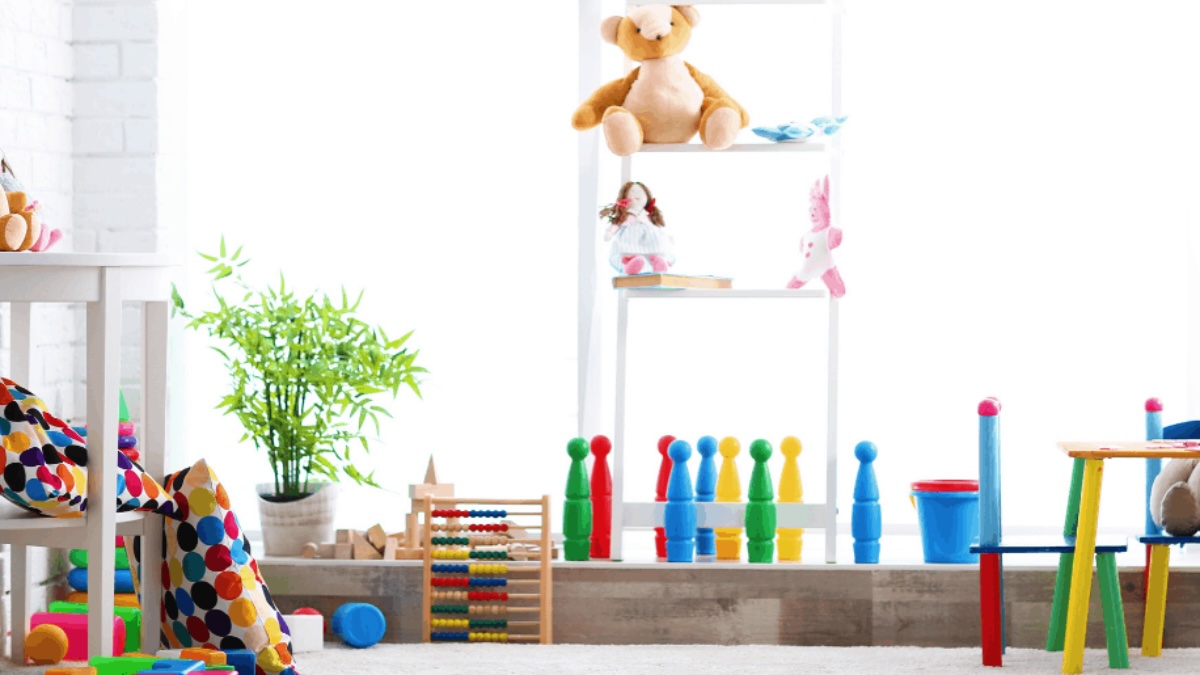



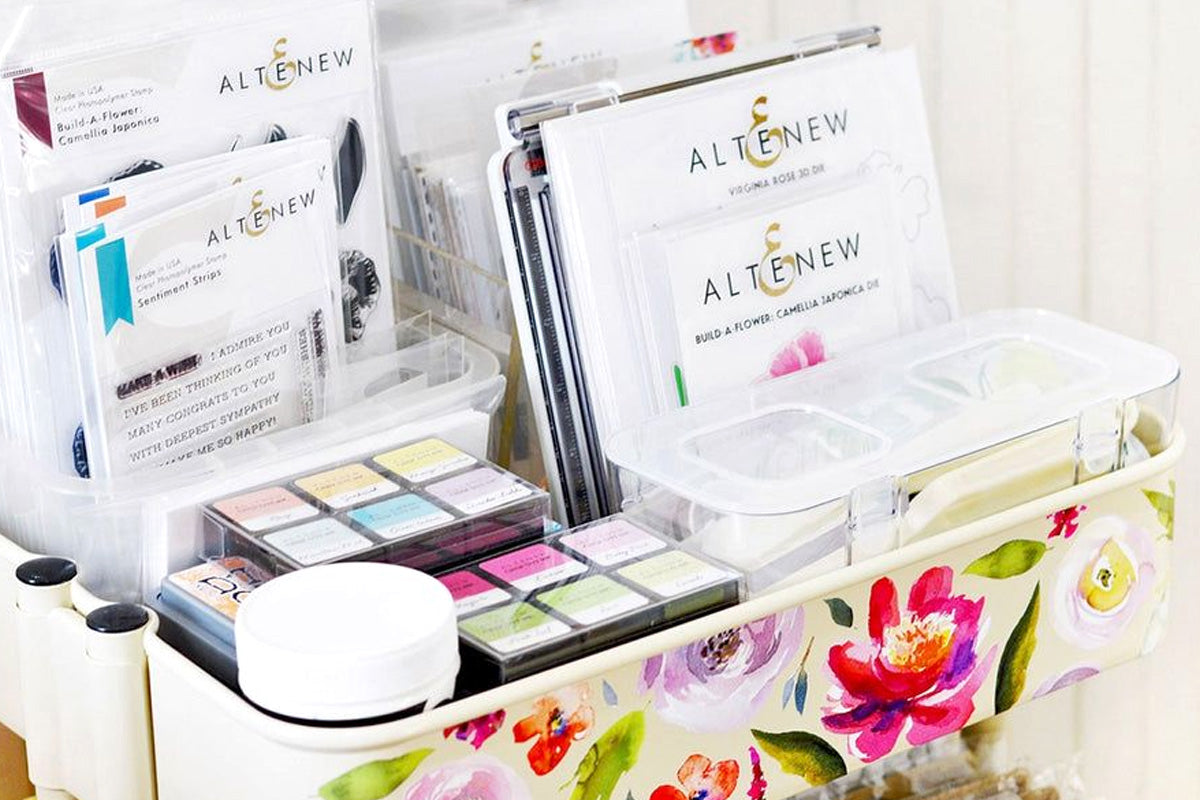


0 thoughts on “How To Declutter A Kitchen”